
OR
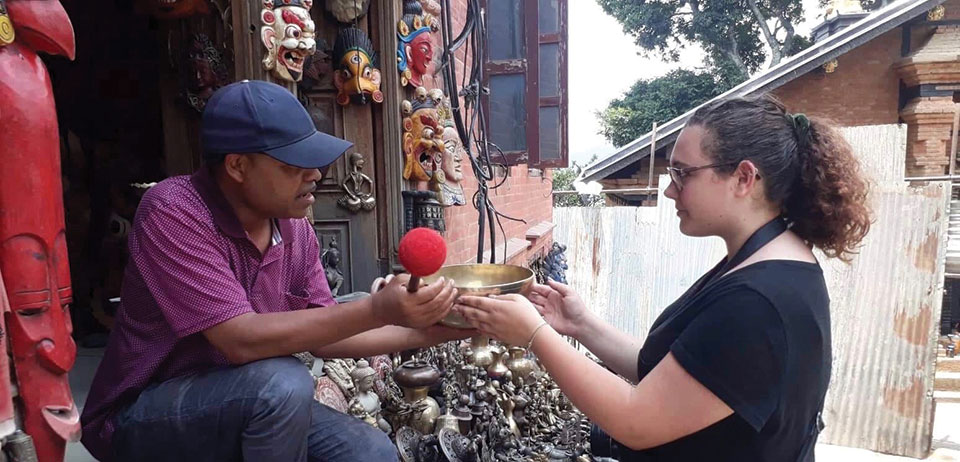
More from Author
Healing bowl therapy, a centuries-old practice with Tibetan root, offers a way to lessen physical pain and enhance mental peace
As you wander through the narrow pathway at Swayambhunath Stupa, the Monkey Temple, you may hear an unfamiliar ringing, almost like a bell. This sound is none other than that of the Tibetan Singing Bowls which are used for the practice of healing bowl therapy. In the United States, alternative medicine is not the most popular form of healing. So, I was intrigued by the use of this centuries-old practice. I was able to sit down with Shyam Shakya, someone who has been practicing this since childhood, to talk about the art of healing bowl therapy.
“I started in childhood before there was internet. I learned from family,” Shakya said. “Now everything is on a website but during those times we didn’t have anything like that, so we learned from practice, from other people.”
Healing bowl therapy consists of numerous factors. What you are trying to accomplish determines what tools you use.
“We connect with different areas with different bowls,” Shakya said. “The largest sizes of bowls are used when someone has been sick for many many years. The smaller bowls are used for regular illness or discomfort.”
Bowls are not the only aspect to take into consideration when utilizing this form of healing. Whether or not you want to heal something physical or mental determines the use of sound or vibration.
“Sound is used when meditating,” Shakya said. “It is used by taking whatever your mind has and will be replaced with something good. The sound refreshes and gives energy to your brain, while the vibration provides energy for the body to heal. If you have physical pain you need to do it by touch of the vibration.”
As this form of healing has been around for hundreds of years there are varying levels of understanding and expertise in the practice. Due to this, there are now different ways of learning. So even though Shyam has been practicing this since childhood he is not considered as a master.
“You have to take classes to become a master so I am not one,” Shakya said. “I have not taken the classes because I learned through practice. When someone takes a class they learn 99 percent of what there is to know because the teacher always holds back one percent of their own knowledge and heart. Because we learned our way it made us professionally a little bit different.”
Since this relies on vibration and natural ways of approaching illness or pain time is an important factor. In comparison to Western medicine, the time difference can be drastic due to what is being utilized in order to heal.
“There is healing with chemicals and without chemicals, there is natural and artificial,” Shakya said. “This does take a little bit of time but it is just because it is different. It all depends on the illness and/or sickness, the brain, heart, back pain, knee pain, it all influences the time, it takes patience.”
Shyam has been surrounded by this form of healing his entire life, utilizing it in place of physical medication. He has not used any form of Western medication for most of his life, whereas I am used to taking advil to address pain or discomfort quickly. But, the time difference is not the only aspect that differentiates Western medicine and the healing bowl therapy.
“Western medicine is used to treat immediately but it gives you side effects,” Shakya said. “This is a natural treatment so it doesn’t harm anything in your body. In our bodies we have many parts, many functions, and this does not harm them. Everything is natural, everything is pure.”
Despite the positives and negatives that form around this approach to healing, based on its history, it has the power to mean more than simply addressing pain or illness.
“I do this to get connected to Buddhism,” Shakya said. “It has been around for so long that this way of healing has kept me in touch with people and nature.”
The author is a journalism student studying at University of Denver. She is currently doing a journalism internship in Nepal
You May Like This
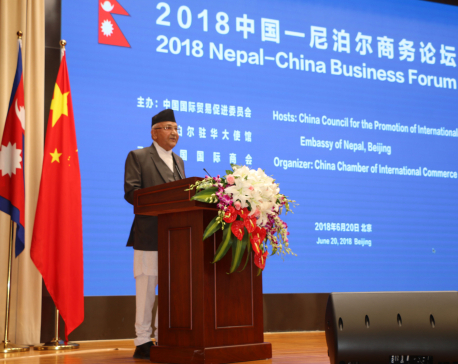
PM Oli's speech 'full of sound and fury, signifying nothing'
Deconstructing Prime Minister KP Sharma Oli's address at Nepal-China Business Forum in Beijing. ... Read More...

The sound of music
Japanese-American rapper and producer, Lyrics Born is an Asian-born Bay Area rapper whose hip-hop style incorporates soul, blues, jazz, funk,... Read More...

New Home Minister vows for sound security
KATHMANDU, Aug 4: Newly-appointed Deputy Prime Minister and Minister for Home Affairs Bimalendra Nidhi has pledged that the government would... Read More...


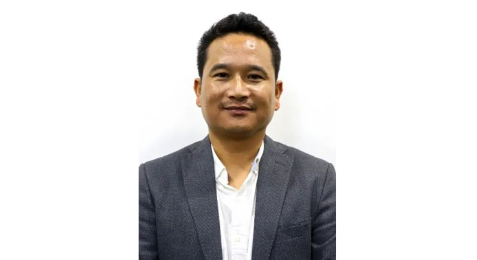

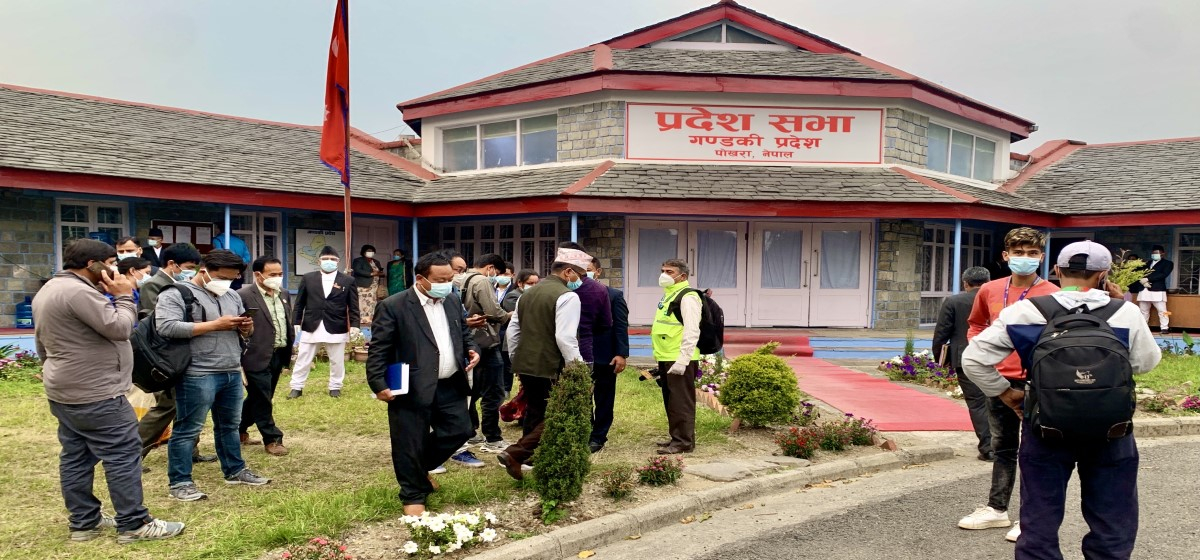

Just In
- Altitude sickness deaths increasing in Mustang
- Weather forecast bulletin to cover predictions for a week
- Border checkpoints in Sudurpaschim Province to remain closed till Friday evening
- Gandaki Province Assembly session summoned
- CM Karki to Speaker: Resolution motion for vote of confidence unconstitutional
- EC reminds all for compliance with Election CoC
- 13 killed, several injured after strike at Al-Maghazi refugee camp in Gaza
- NA team leaves for Solukhumbu to launch Clean Mountain Campaign





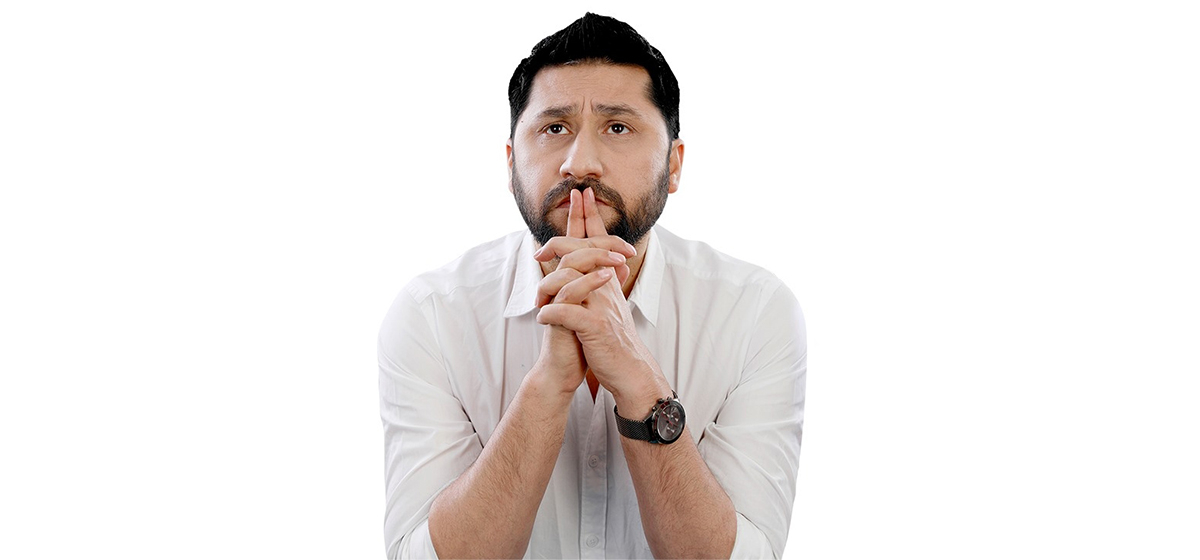

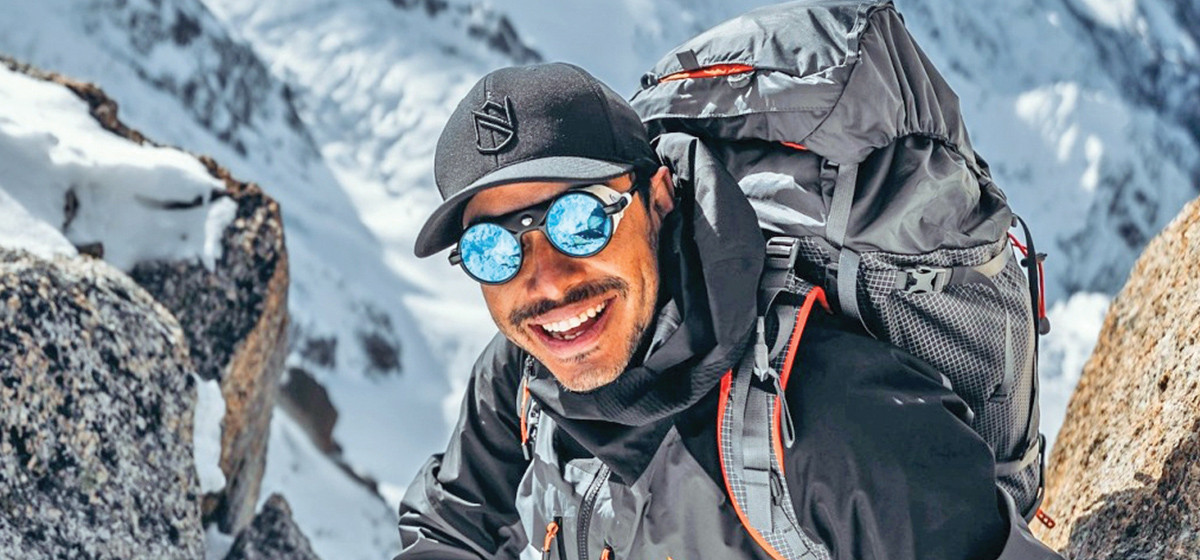


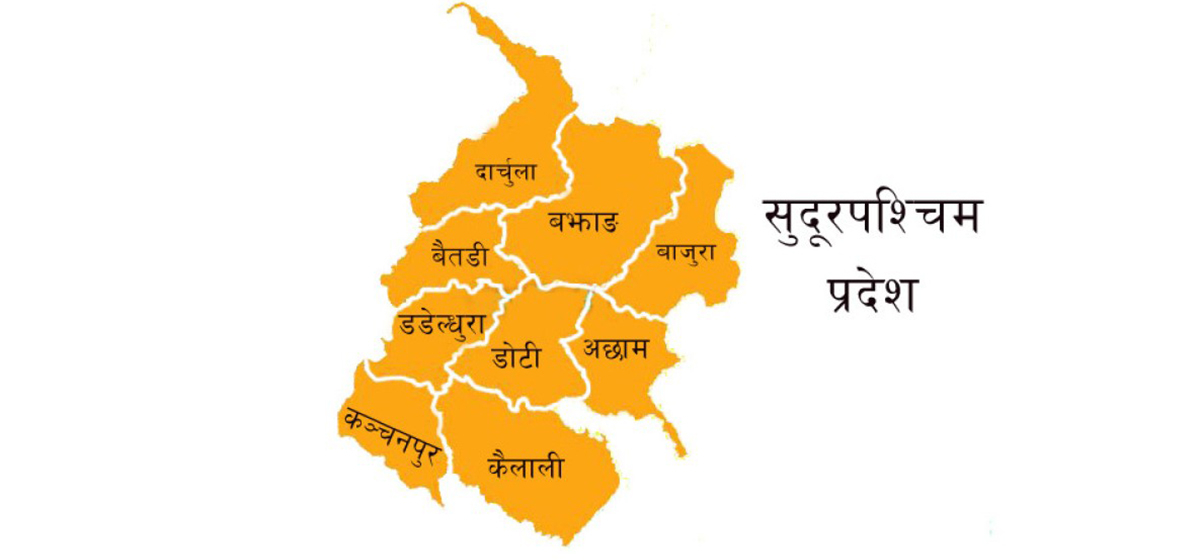
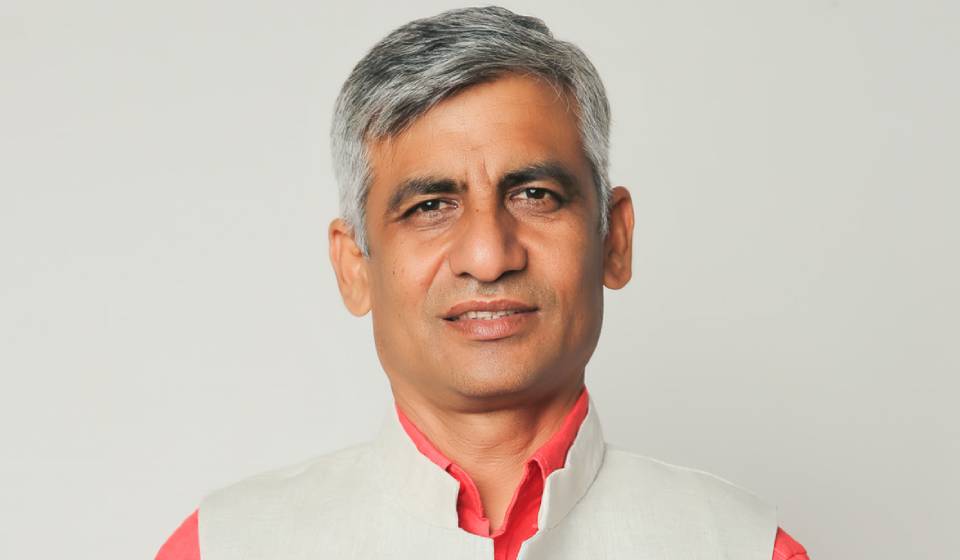


Leave A Comment